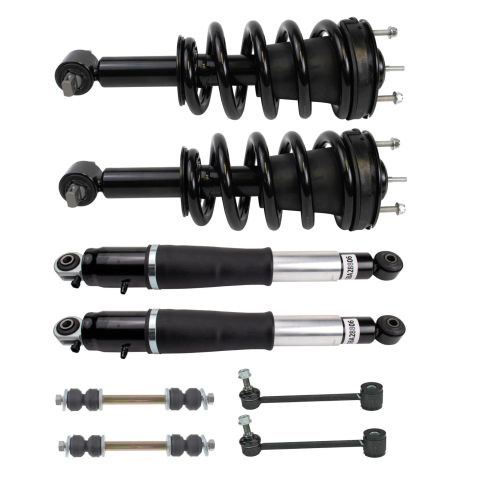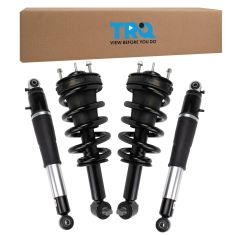1ASFK12376-Chevrolet GMC Cadillac Front & Rear 8 Piece Magnetic Ride Control Suspension Kit TRQ PSA39444

Replaces
2011 GMC Yukon XL 1500 Front & Rear 8 Piece Magnetic Ride Control Suspension Kit TRQ PSA39444

Product Reviews
Loading reviews
There are no reviews for this item.
Customer Q&A
No questions have been asked about this item.
GMC is a registered trademark of General Motors Company. 1A Auto is not affiliated with or sponsored by GMC or General Motors Company.
See all trademarks.



















